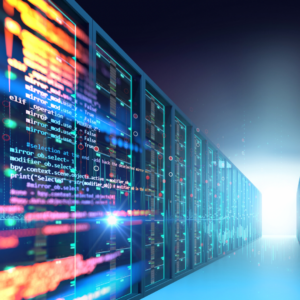Welcome to our blog
DISCOVER THE WORLD OF TALENT ACQUISITION

What exactly is an algorithm?
In the era of digitalization and artificial intelligence, algorithms are the lungs of the tools we use on a daily basis. Indeed, we use it to find love, to find a job, to sort our emails or to search for millions of information on the Web. We could compare an algorithm to a cooking recipe: the goal is to follow several specific steps to achieve a result. If only one of these steps is modified, the result will not be the same. Finally, they can be defined as “construction trees” and must include a whole bunch of instructions that allow them to be adapted to different possible situations. This is where artificial intelligence comes in: it makes it possible to launch the execution of the algorithm program, using a very specific language. To understand the usefulness of the algorithm, we will see some well-known examples. First, we can cite “PageRank” from Google. This is a set of algorithms used by Google to determine the importance of documents indexed by its web search engine. So when you search on Google, this is one of the things that determines the order in which the results are displayed. PageRank is, obviously, the most widely used algorithm around the world. Then, the Timeline of social networks is well known and particularly that of Facebook. Indeed, the content that appears there is automatically generated according to what you like, your actions on the network, your centers of interest and many other criteria. Therefore, if the algorithm understands that you have shown such interest in such a video, it will suggest other content of this kind automatically.
Algorithms and machine learning
Machine Learning algorithms represent a specific category of algorithms. Rather than receiving specific instructions on a particular task to be carried out, they have the function of “learning” from the data collected. They are used in particular to create recommendation engines, make predictions or analyse data. Based on the data it is given as examples, the Machine Learning algorithm can make better decisions. These algorithms can be found all over the Internet and determine what you see on your Facebook news feed, the adverts that appear in your Gmail inbox, or the films and series that Netflix recommends to you.
The limits of algorithms
Algorithms offer many functions, but they are still simple sets of instructions and are created by humans: they can therefore be flawed. Computer programmers spend a lot of time correcting errors in algorithms. Because of a simple mistake, an algorithm can produce inaccurate and confusing results. These errors are not always detected directly, which can have serious consequences.On the other hand, algorithms can be biased by the perception or even the will of the humans who create them. For example, in the case of an algorithm designed for recruitment, if the person creating it considers that a woman of colour is systematically a better candidate than a white man, the algorithm will be based on this perception and will therefore be biased.
Adison.ai responds to the challenges of tomorrow’s algorithms by offering you tailored, innovative features. Contact us via our website or on our social networks to find out more!


